This is an important decentralization step in state management of the environment, creating conditions for localities to be more proactive in building a green, clean, beautiful living environment and improving the efficiency of waste collection and treatment.
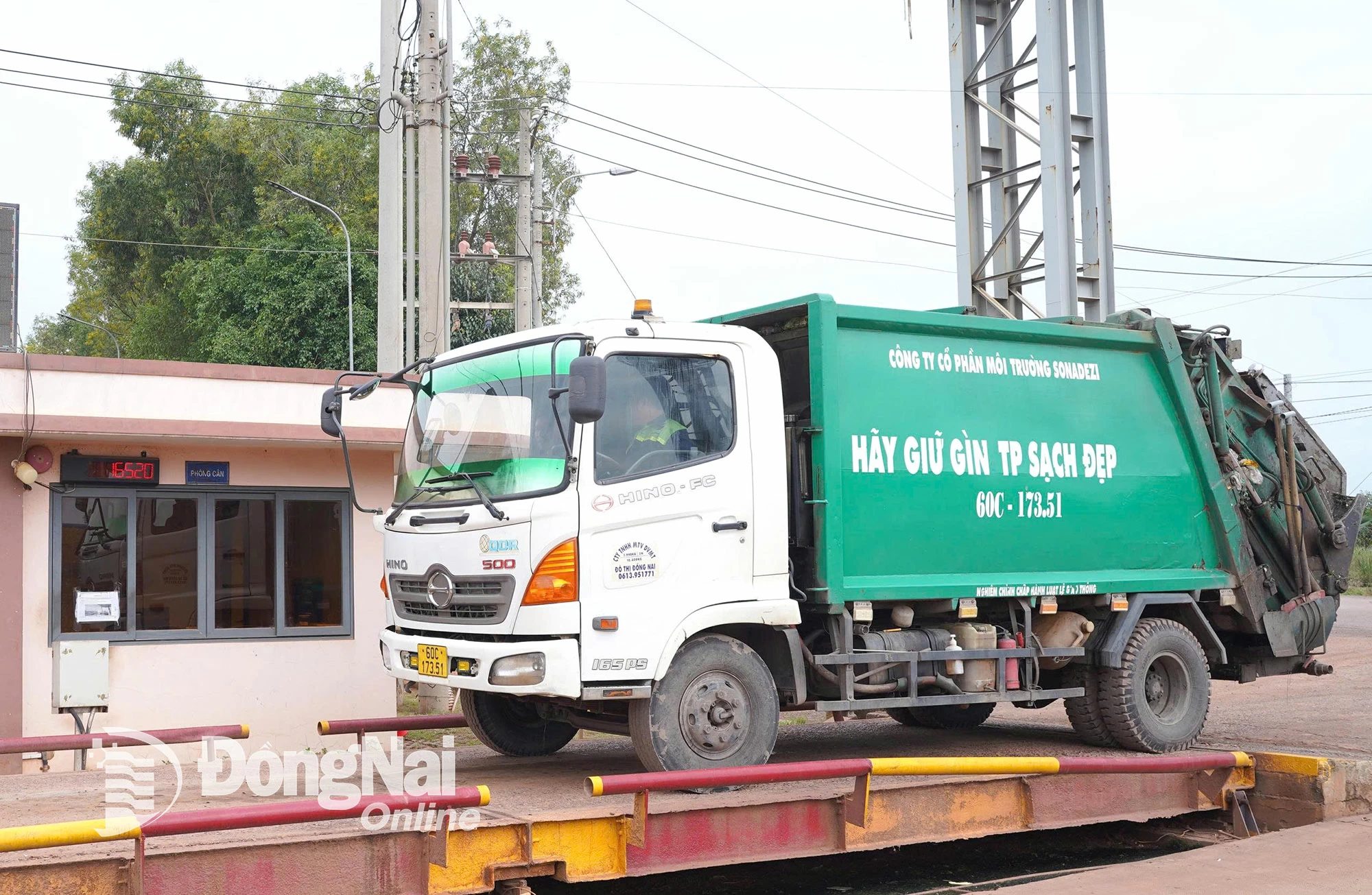 |
| Weighing to confirm the volume of household waste before being processed at Vinh Tan Waste Treatment Area. Photo: Ban Mai |
Decentralization to commune level
According to Decree No. 136/2025/ND-CP dated June 12, 2025 of the Government , from July 1, 2025, the People's Committee at the commune level is the main agency responsible for organizing the collection, transportation and treatment of solid waste in the area. This responsibility includes developing plans or schemes, organizing bidding to select environmental sanitation service providers and implementing cost settlement, contents previously under the authority of the district level.
Regarding this content, on July 9, Vice Chairwoman of the Provincial People's Committee Nguyen Thi Hoang signed Document No. 463/UBND-KTNS on the collection and treatment of solid waste in communes and wards after the administrative unit arrangement. Accordingly, the People's Committees of communes and wards are assigned to proactively develop and promulgate plans for the collection, transportation and treatment of solid waste in accordance with the actual situation arising in the area. At the same time, arrange personnel to monitor, supervise and confirm the volume of solid waste collected and treated daily. Each locality must also plan and arrange waste transfer stations (fixed or non-fixed) to ensure technical and environmental requirements, preventing environmental pollution before the waste is brought to the treatment area.
| Currently, the whole Dong Nai province generates about 2.8 thousand tons of waste. Of which, Dong Nai province (old) generates about 2.1 thousand tons, the collection and treatment rate reaches 100%, the landfill rate is under 15%; Binh Phuoc province (old) generates about 700 tons, the collection rate in urban areas is about 92% and in rural areas is about 70%, the treatment rate is less than 20%. |
A representative of Sonadezi Environmental Joint Stock Company (investor of Vinh Tan Waste Treatment Area) said that, following the direction of the Provincial People's Committee, the company has worked and signed a contract in principle with a number of wards and communes. In the immediate future, the parties will coordinate to confirm the origin and volume of waste brought to the treatment area to avoid congestion, environmental pollution and impact on people's lives. After the province issues an official price for collection, transportation and treatment activities, the company will participate in bidding to continue performing its tasks and settle the contract in principle according to regulations.
Duong Quoc Chinh, Deputy Head of the Urban Infrastructure Economic Department of Long Hung Ward, said that the ward was formed from three old administrative units: Long Hung, An Hoa and Long Binh Tan. Before July 1, solid waste from these units was transferred to two different treatment areas. Since it has now become one ward, the locality hopes that the Department of Agriculture and Environment will soon have specific instructions and flows so that the generated solid waste is processed at one location, avoiding the situation where one locality has to sign two waste treatment contracts.
Need to have collection and treatment unit price soon
Decentralizing waste management to the commune level is a correct policy in the spirit of administrative reform and building a government close to the people. However, to effectively implement it, there needs to be synchronization in mechanisms, resources, infrastructure and implementation processes. Because waste management not only affects environmental sanitation and urban aesthetics, but is also related to long-term goals such as circular economy and sustainable development.
One of the current difficulties is that the province does not have a unit price for treatment, and localities do not have detailed instructions on developing plans, organizing bidding and settling service costs. The province's two large waste treatment areas: Vinh Tan and Quang Trung are operating at full design capacity, unable to receive all the waste generated, leading to a situation of waste accumulation at collection points and transfer stations.
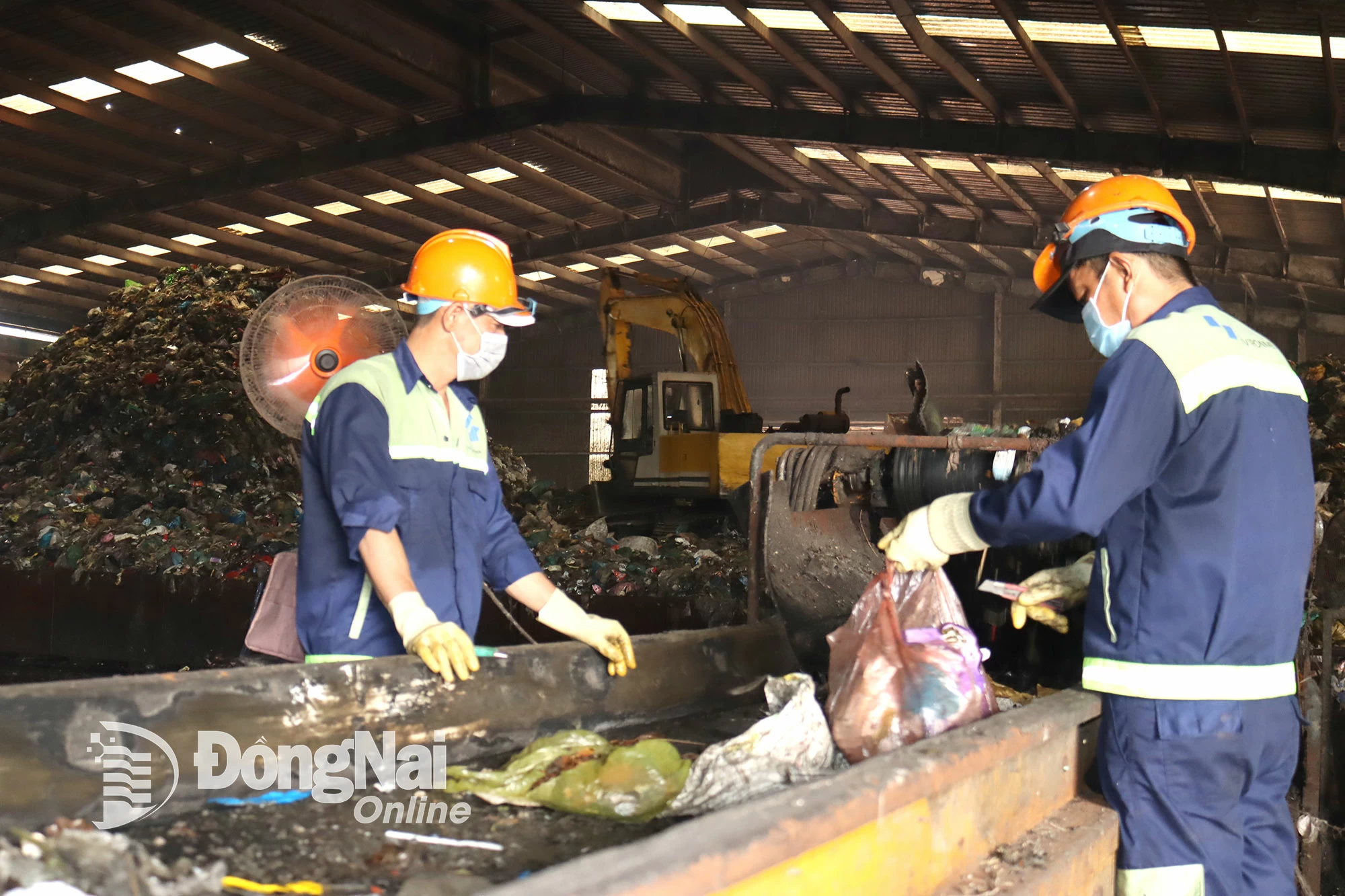 |
| Domestic waste treatment at Vinh Tan Waste Treatment Area of Sonadezi Environment Joint Stock Company. |
According to Sonadezi Service Joint Stock Company (investor of Quang Trung Waste Treatment Area), to overcome this situation, it is necessary to soon issue the unit price for waste treatment in 2025 so that localities have a basis to sign contracts and make final payments. In addition, the province needs to direct the treatment areas that have stopped receiving waste to reopen soon to reduce pressure on existing areas and reduce the amount of waste in the localities. Waste collection and transportation units also need to innovate working methods, apply technology such as GPS and cameras to monitor the entire journey from the collection point to the treatment area.
According to the Department of Agriculture and Environment, Dong Nai province (old) is one of the localities with a 100% waste collection and treatment rate and the lowest landfill rate in the country. Meanwhile, Binh Phuoc province (old) has a volume of about 1/3, but the collection rate in urban areas is only about 92%, and in rural areas about 70%. Therefore, after the merger, Dong Nai province needs to continue to make efforts to improve the efficiency of waste collection and treatment to achieve environmental goals.
To effectively manage waste in the coming period, the Department of Agriculture and Environment recommends that the Provincial People's Committee focus on a number of key solutions: promptly issue unit prices for collection, transportation, and treatment in accordance with actual costs; request localities to invest in and upgrade transfer stations to meet construction and environmental protection standards; direct the People's Committees at the commune level to promptly organize bidding for environmental services according to their authority when unit prices are available and speed up the construction progress of waste treatment plants using modern technology in key areas.
According to Ms. Duong Thi Thanh Xuyen, Deputy Head of the Waste Management Department (Department of Environment), to improve the efficiency of waste management and treatment, it is necessary to promote waste classification at source, select appropriate treatment technology for each region, encourage the socialization of environmental services, and at the same time promote the monitoring role of commune-level authorities and communities.
Morning
Source: https://baodongnai.com.vn/kinh-te/202507/giao-quan-ly-rac-thai-sinh-hoat-ve-cap-xa-nhung-van-de-dat-ra-13b3275/


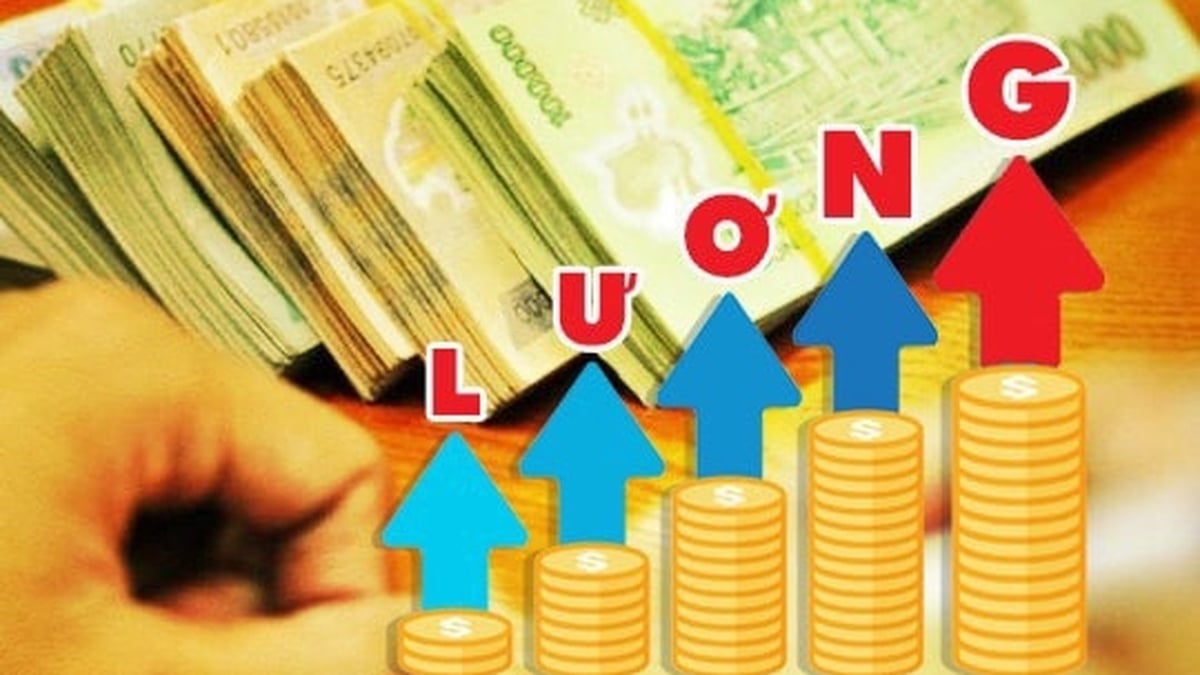

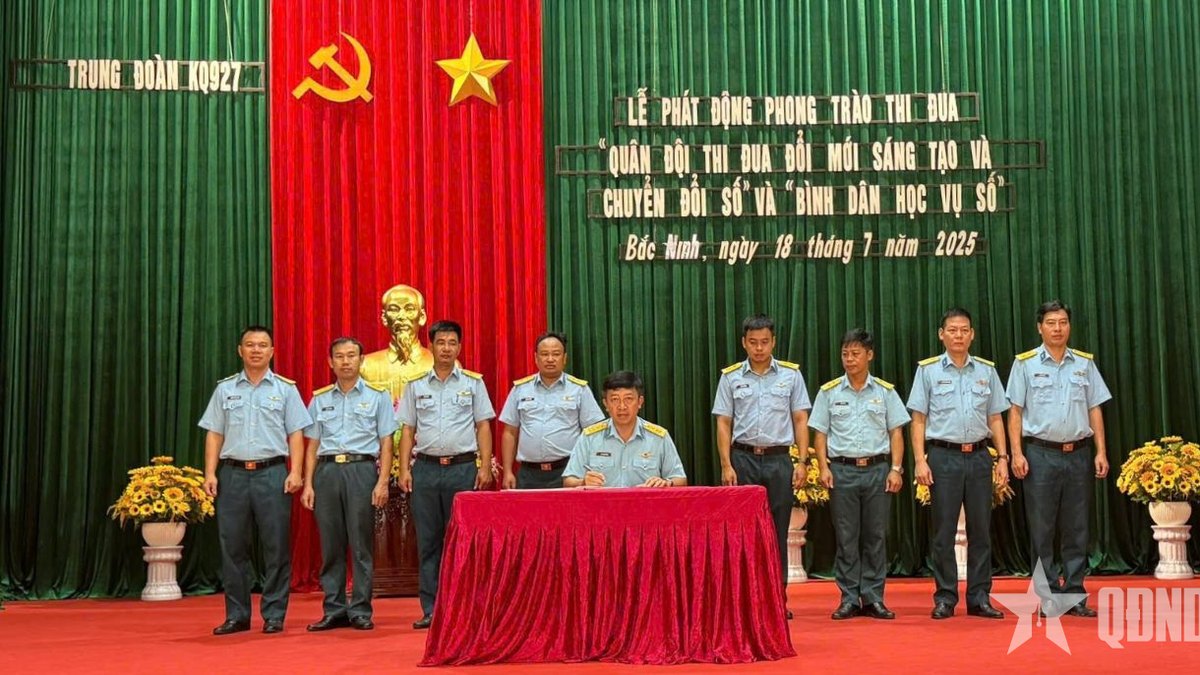
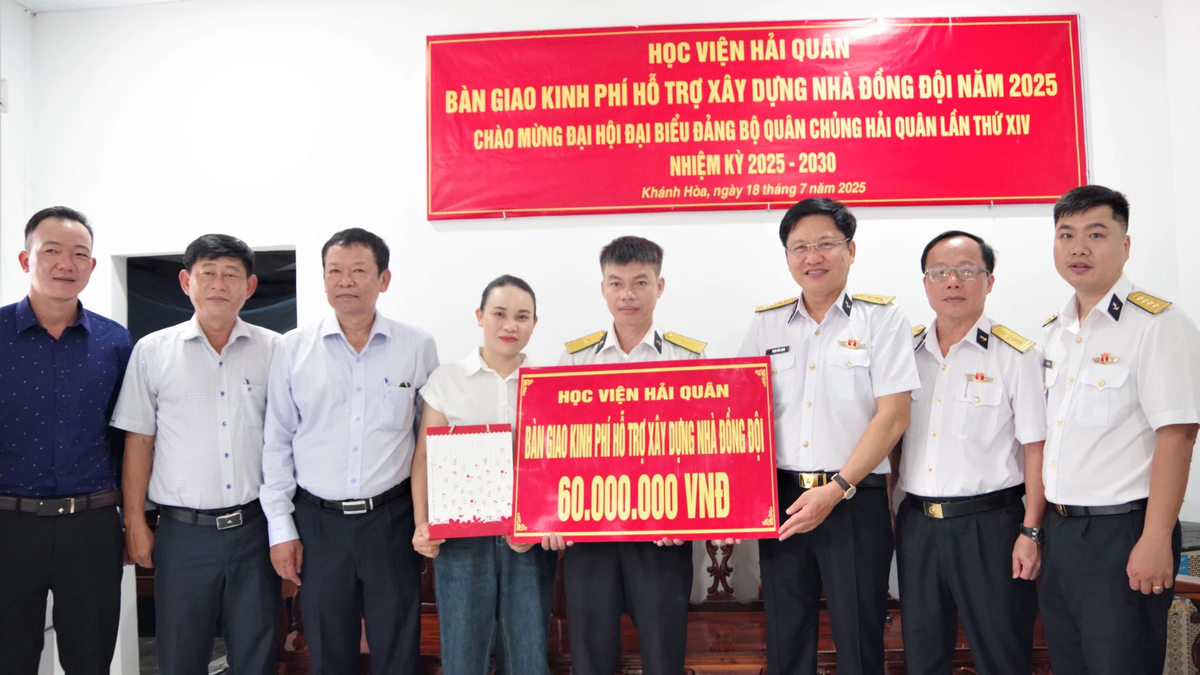
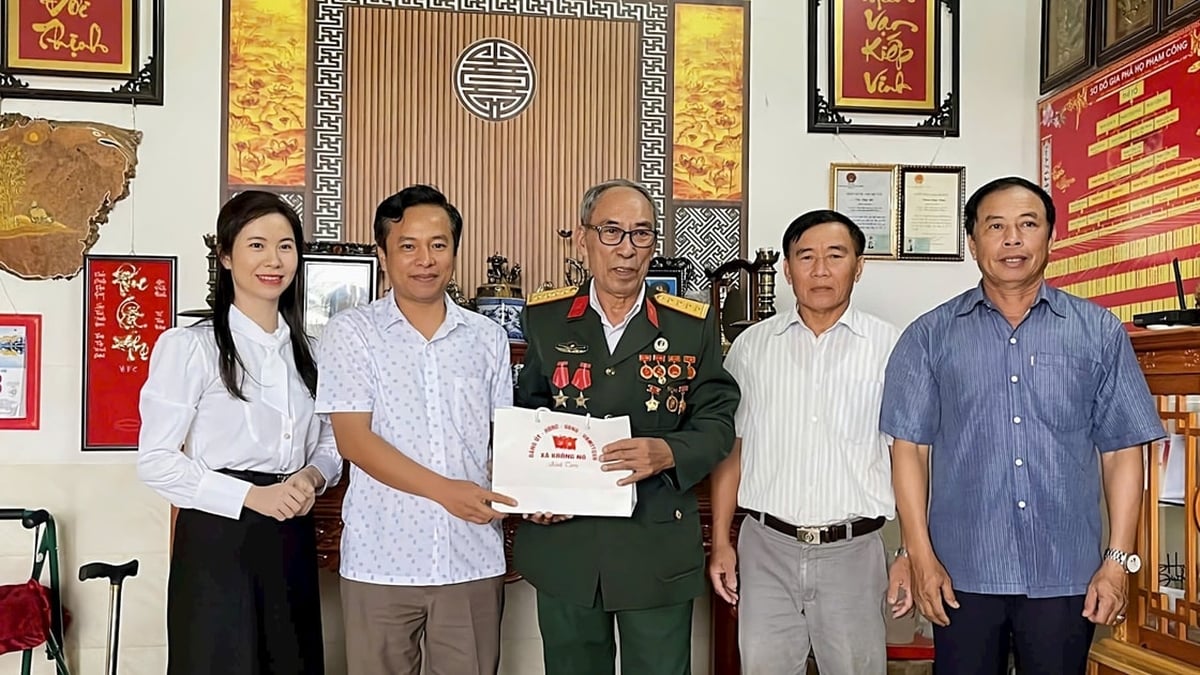
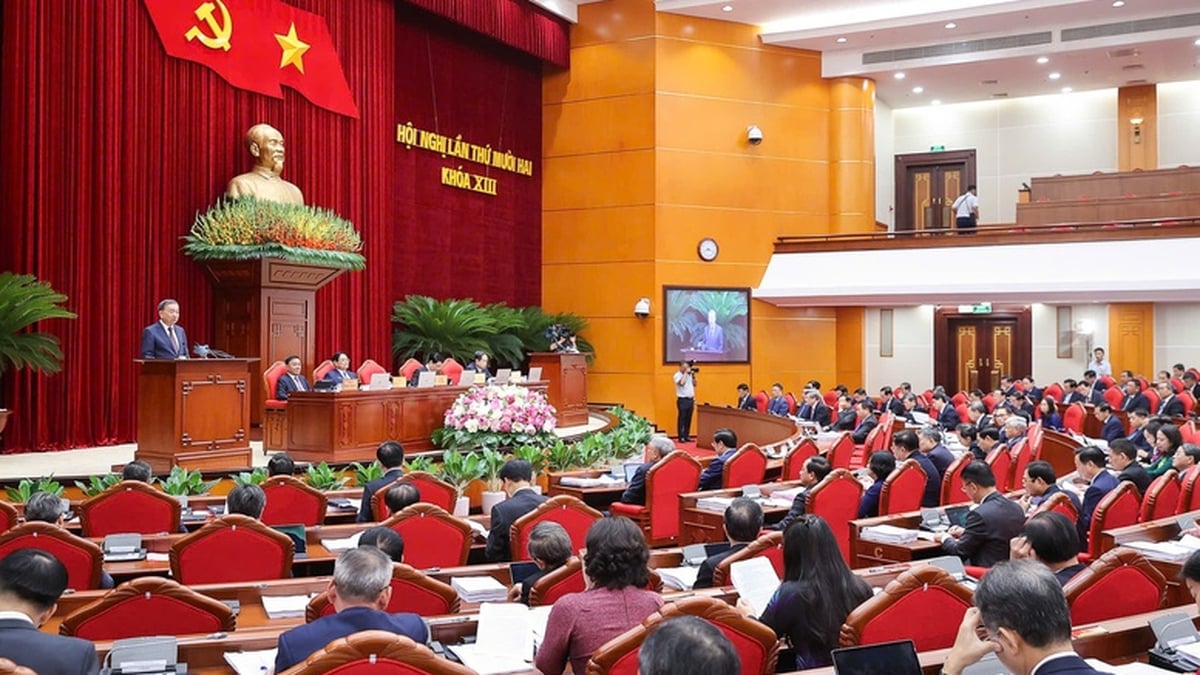
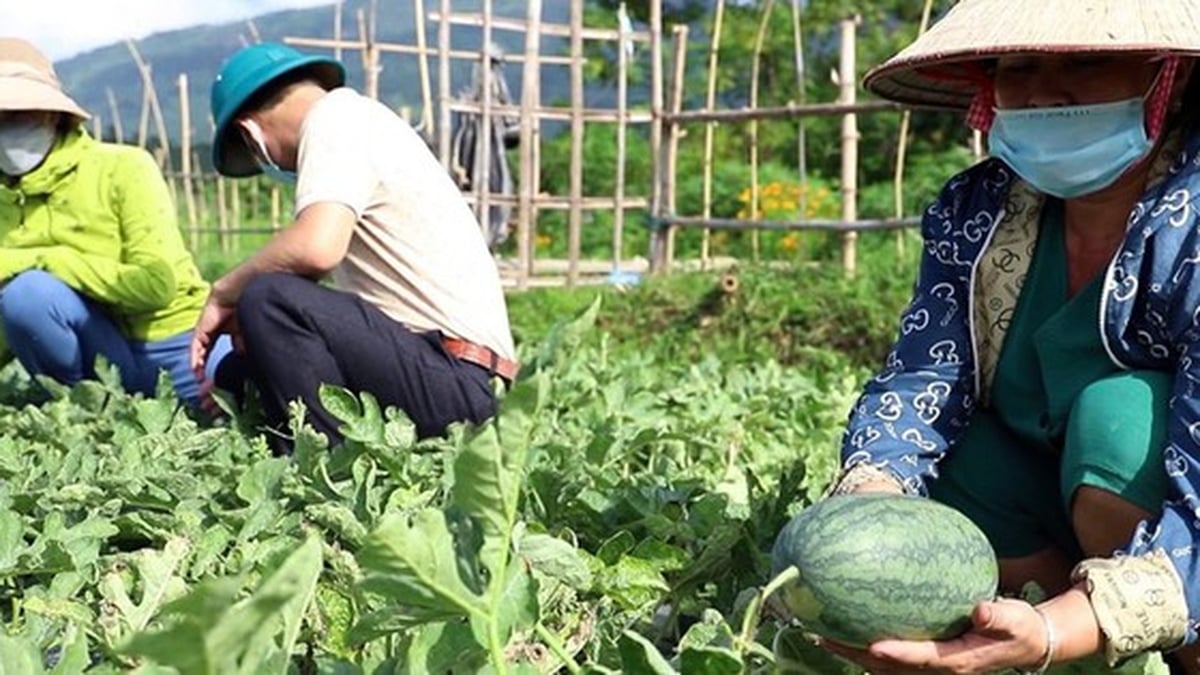
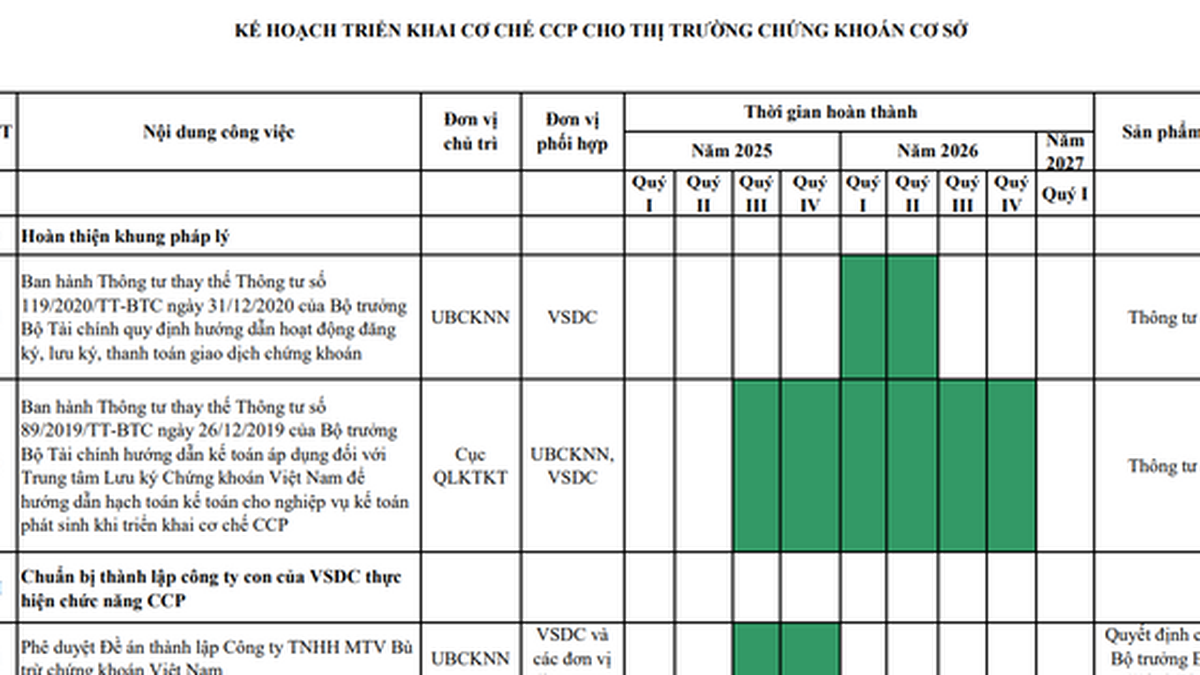
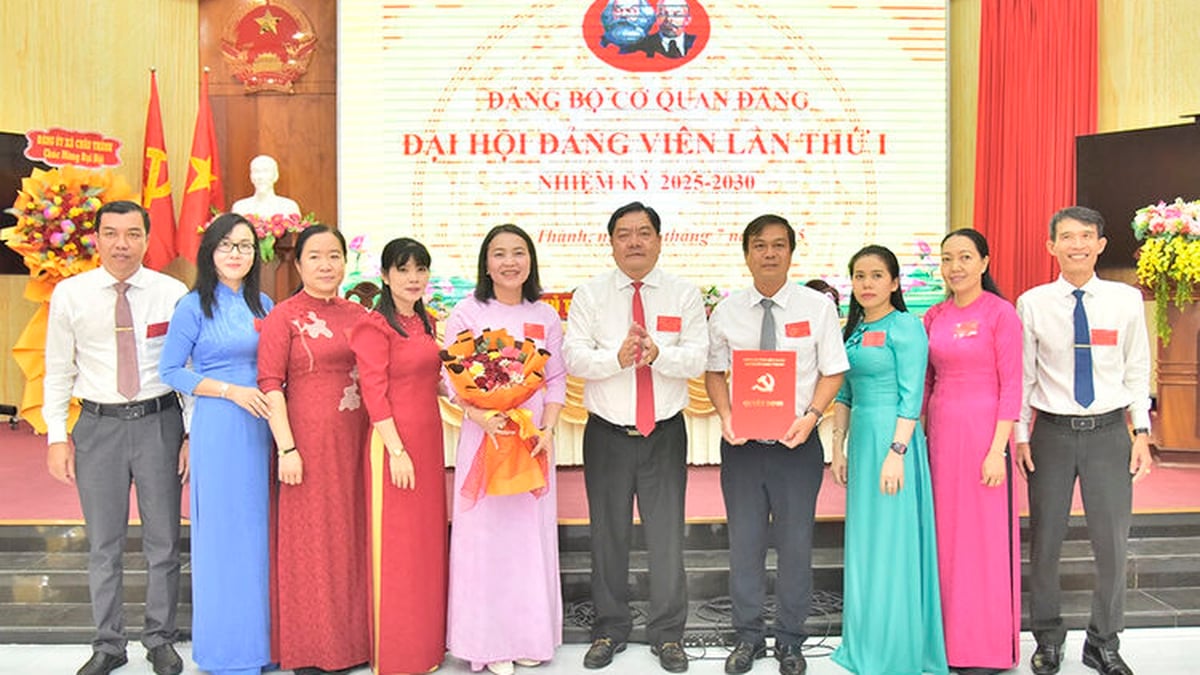









































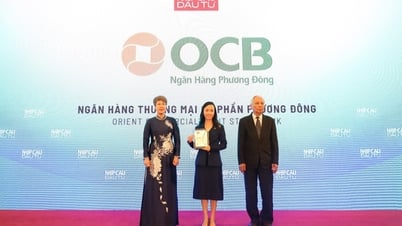

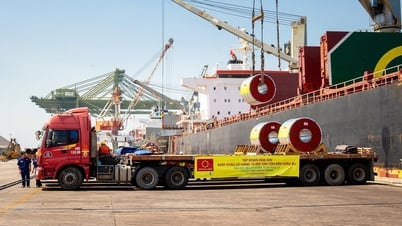


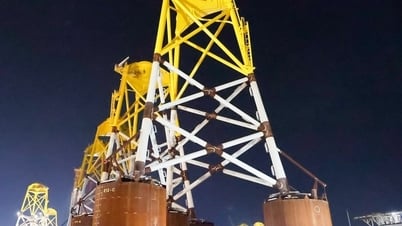


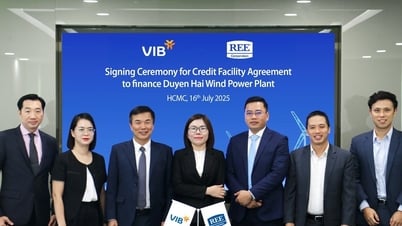

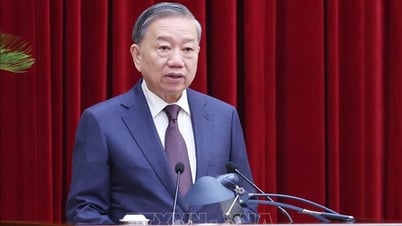

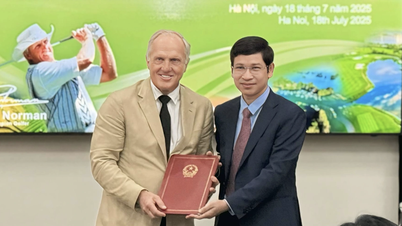

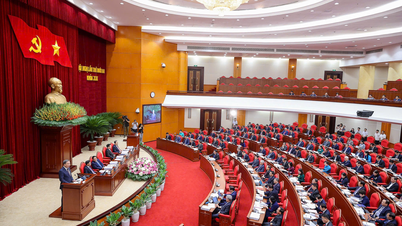

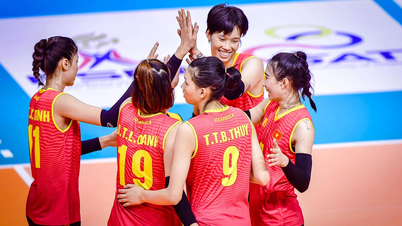


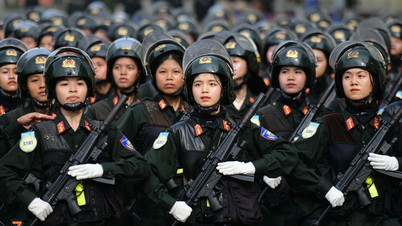
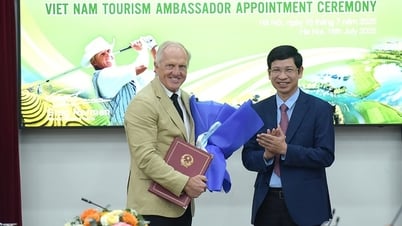

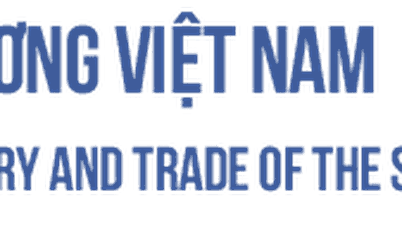

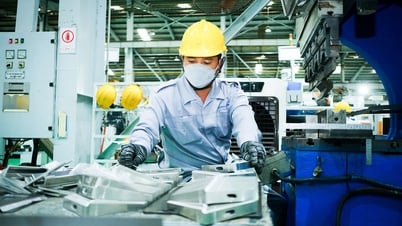

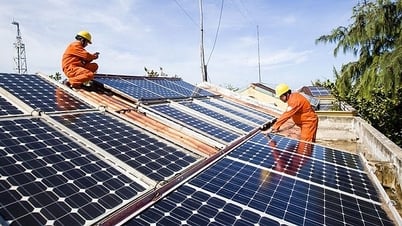
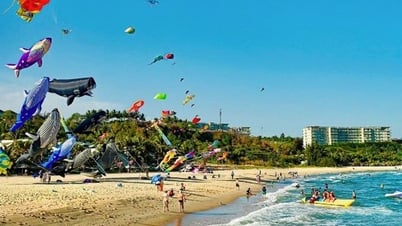








![[Infographic] In 2025, 47 products will achieve national OCOP](https://vphoto.vietnam.vn/thumb/402x226/vietnam/resource/IMAGE/2025/7/16/5d672398b0744db3ab920e05db8e5b7d)













Comment (0)